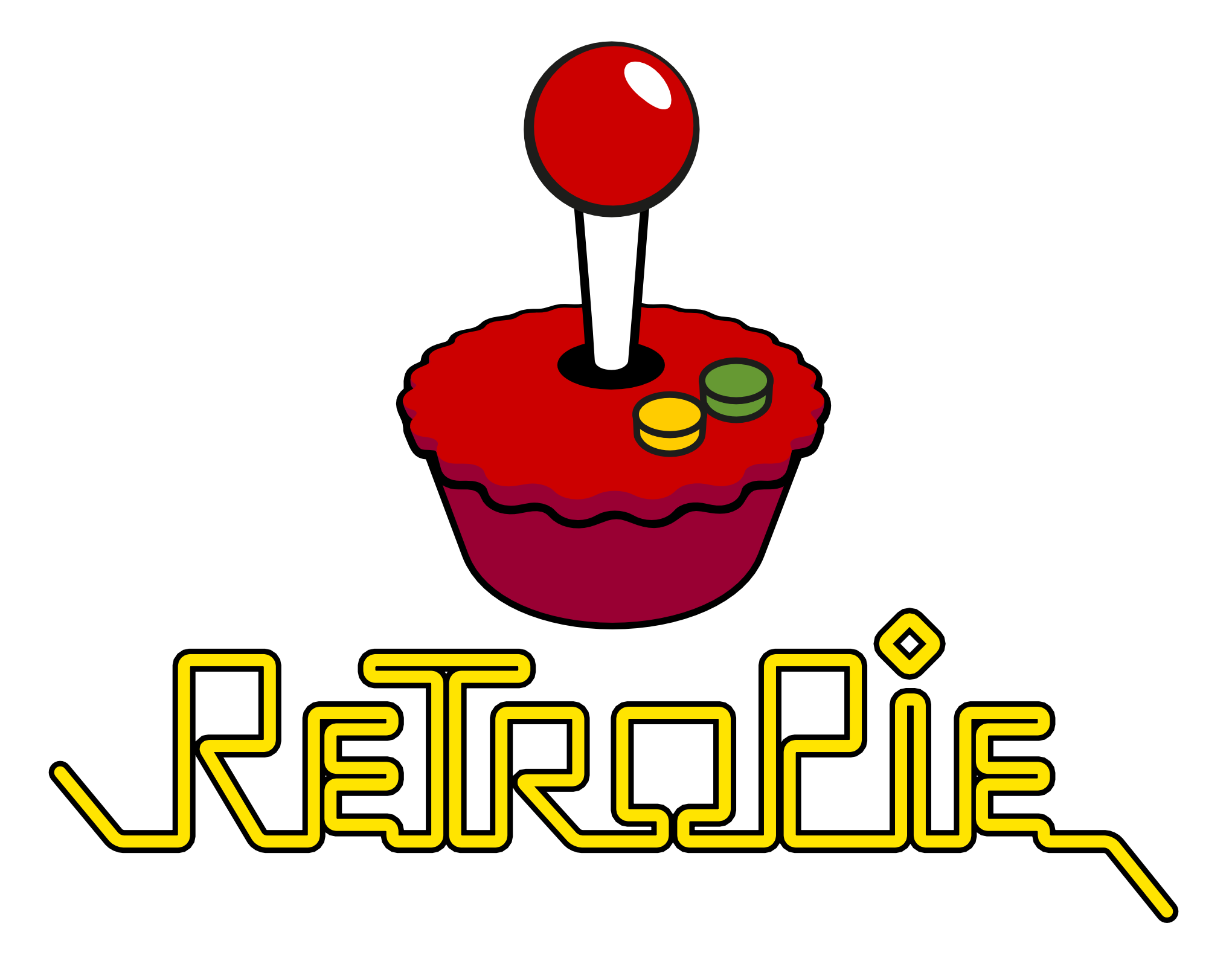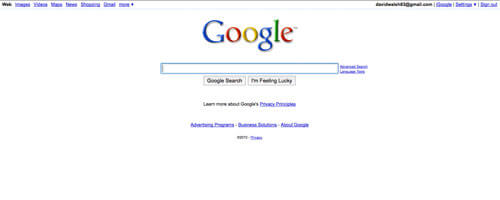Add CSS and JavaScript Files to Phabricator Extensions
Every open source framework has its own methods of extending functionality; some make extending incredibly easy and others...not so much. Most of the time it comes down to how well the framework is documented. Phabricator did an awesome job of making necessary classes extendable but it's fair to say it would be great if the framework had a bit better documentation (PRs welcome, I bet!).
In creating my own extension, I needed to add JavaScript and CSS files to the page. Unfortunately the Adding New CSS and JS documentation states "This document is intended for Phabricator developers and contributors. This process will not work correctly for third-party code, plugins, or extensions." I found that to not be true. The following is how I added JavaScript and CSS assets for my extension.
Place Asset Files in Your Extension Directory
Each extension I create is placed in its own directory with all dependencies within that directory:
- extensions
- my-extension
- my-extension.php
- my-extension.css
- my-extension.js
- my-extension
You could further place CSS and JS files into their own directories if you'd like. Each CSS and JS file should have a @provides comment by which you'll refer to it when it's time to require it:
/** * @provides my-extension-js */
I choose to add -js and -css to the reference name for ease in maintenance.
Use require_celerity_resource to Require the File
In the function which represents the view you'd like the assets injected into, you'll use require_celerity_resource with the @provides asset name:
protected function renderLoginForm(AphrontRequest $request, $mode) {
// Add CSS and JS resources to the page
require_celerity_resource('bmo-auth-css');
require_celerity_resource('bmo-auth-js');
// ....
}
During Build, Move Asset Locations
Phabricator expects all JavaScript and CSS files to be in its /webroot/rsrc/js/ and /webroot/rsrc/css/ directories so you'll need to move your extension assets during the build process. I added the following to my Dockerfile to do just that:
# Move static resources to phabricator, add files to celerity map array COPY auth/my-extension.css /app/phabricator/webroot/rsrc/css/my-extension.css COPY auth/my-extension.js /app/phabricator/webroot/rsrc/js/my-extension.js
With your JavaScript and CSS files in this location, the require_celerity_resource function can find your assets by name.
Updated the Celerity Map
To bust cache and index your files, you'll need to run the following command:
phabricator/ $ ./bin/celerity map
That's the simple but not excellently documented process for adding your own CSS and JavaScript assets to Phabricator!



